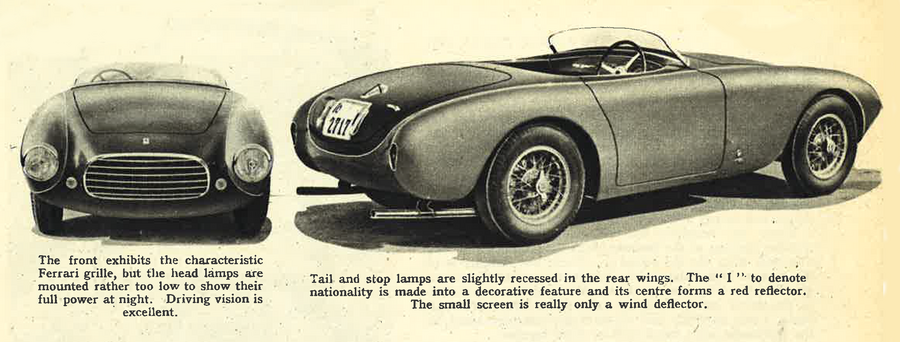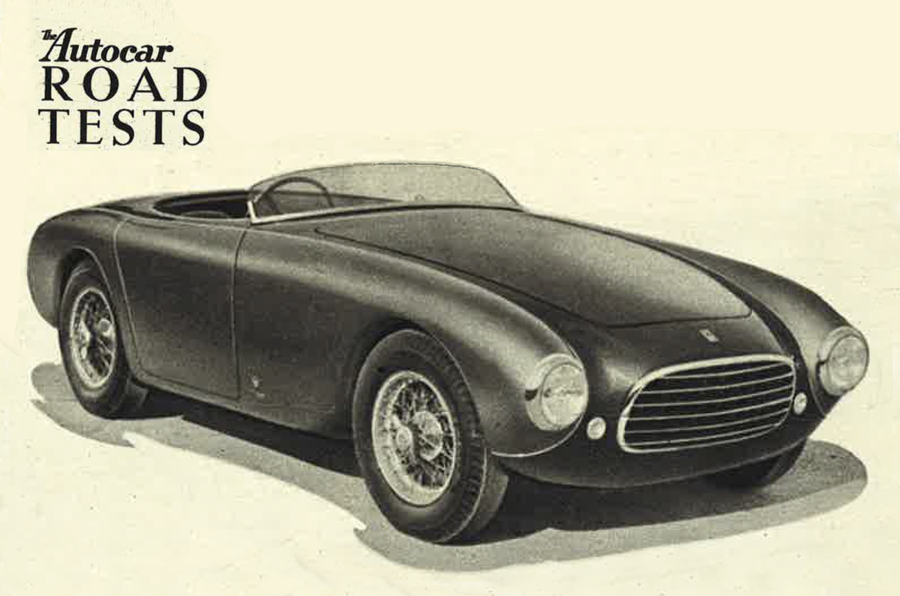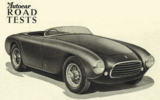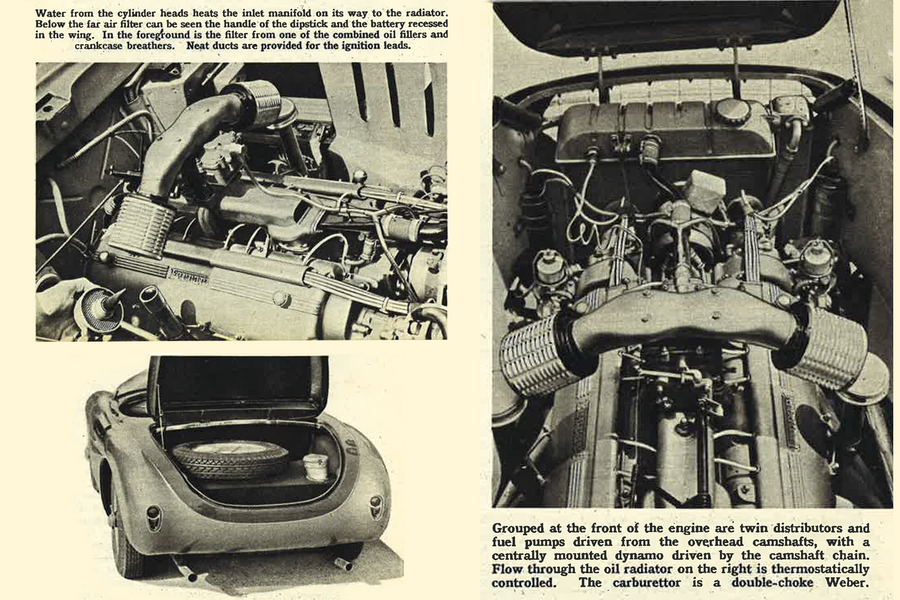By 1951, Ferrari was a well-established player in international motor racing.
Enzo Ferrari's Prancing Horse made its debut in the 1930s on Alfa Romeo grand prix cars, and after cutting cut ties with Alfa in 1939, he built the first car of his own – the Auto Avio Costruzioni 815 – in 1940.
The first Ferrari road car was the 166 Inter grand tourer of 1949. Essentially an evolved version of the 166 S racing car, 37 examples were produced.
Ferrari’s racing success continued after World War II, and José Froilán González then took Ferrari’s first Formula 1 win at Silverstone in 1951.
That same year, it produced the 212 Export, a 2.5-litre-engined two-seater sports car for the road, and the first Ferrari we here at Autocar ever got our hands on. As was the style at the time, buyers would commission a coachbuilder of their choice to design a body for Ferrari's chassis and mechanicals.
“Being individually made, Ferrari cars are very expensive,” we began. With a two-seater body, the 212 Export was priced at 5,600,00 lire, equivalent to £3,200 at the time - although it wasn’t on sale in the UK. Today, that would be £92,240 – nowhere near enough to buy you even the cheapest of new Ferraris.

“It is not the most powerful sports model sold today,” we said. “That distinction probably belongs to the 4.1-litre America Ferrari which is just going into production – but its high speed acceleration exceeds anything previously recorded in The Autocar road tests.”
We found the 212 Export’s 140bhp V12 could propel it from 0-80mph in an average of 16.2sec, and 0-100mph in 22.5sec. And even then, our test car was limited – having just 400km on the clock, it was limited to 6500rpm – “the peak of its power curve, but not the absolute limit of its capabilities.” We also had to be kind to the gearbox, which included not maxing out first gear.


















Join the debate
Add your comment
Relative cost of Fazzas
Relative cost of Fazzas
Cost
For cars affordability against wages is a much better equivalent measure. In which case against unskilled and semiskilled labour the Ferrari would have an equivalent value of £238,000. Against GDP per capita it would have an equivalent value £318,000.
Which makes sense because those values are in the range of what current Ferraris cost, the lower value against the retail price index is because the costs of a basket of goods has greatly dropped in comparison to wages over the last 60 years.